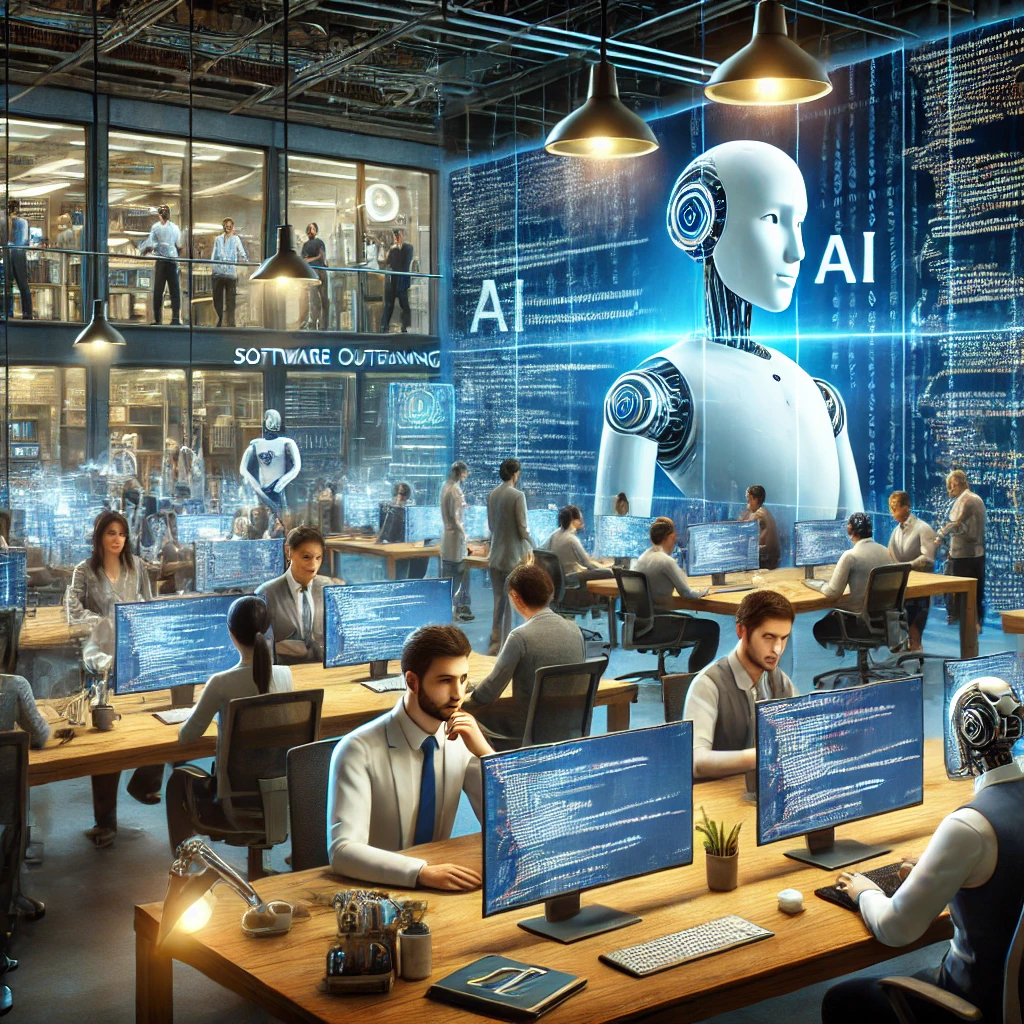Financial Scams in India and how technology & awareness can save you
The rapid advancement of technology has transformed our lives drastically, bringing with it a range of conveniences and opportunities. However, this rapid advancement has paved the way for many financial scams, especially in India. As technology continues to evolve, the methods deployed by scammers have become increasingly sophisticated as well. Indian scammers are not scamming people in India but also oversees. Many fake call centers are being run from India in name of support services.
Common Financial Scams in India.
• Phishing Scams: Phishing scams are among India’s most common financial scams. It is a fraudulent attempt to obtain sensitive information, such as passwords or credit card details, by pretending to be trustworthy. Fraudsters use emails, SMS, or social media messages that appear to come from legitimate sources. These messages often contain links to fake websites designed to steal sensitive data.
• Ponzi Schemes: A Ponzi scheme is a type of investment fraud that promises high returns to the investors that come from the contributions of newer investors, creating a cycle. Off late people have been looted of millions in name of promising double triple returns from crypto or share market.
• Loan Scams: With the increase in demand for personal loans, scammers offer attractive loans online to lure victims. These are fraudulent schemes that trick individuals into providing personal information or paying fees under the guise of obtaining a loan.
• Online Shopping Scams: In recent years, online shopping has become increasingly popular, and fraudsters have started exploiting this by creating fake websites or listings to trick consumers into purchasing non-existent products or services.
• Digital Arrest Scams: Scammers posing as digital law enforcement send fake arrest warrants and notices to pressure victims into interrogation, ultimately deceiving them into transferring substantial amounts of money.
WhatsApp video scams: These are a type of fraud where users are tricked into sharing personal or financial information through video calls. Sometimes, the caller would be girl with no cloths and they as soon as you pick the video call they will record you with the girls and then black mail you. At times they will impersonate someone else using AI and ask for money.
How Technology Helps
• Two-Factor Authentication(2FA): 2FA is a special feature that adds an extra layer of security. It requires the users to provide two forms of verification, such as a password or a one-time password (OTP) sent to their mobile phone, making unauthorized access very difficult. Never share your OTP with anyone.
• Fraud Detection: Financial institutions and banks are increasingly utilizing algorithms to analyze transaction patterns; this can help flag unusual behaviors and allow banks to intervene to prevent potential fraud. Never buy from a website that doesn’t have SSL (https) secure connection.
• Phishing Detection Tools: Emails and web browsers often come equipped with tools to detect and warn users about potential phishing attempts. These tools analyze links and websites for signs of fraud. Do have a good antivirus installed on mobile and your computer.
• Be alert and don’t be greedy: As they say, there is no free launch in this world. Hence, don’t pay your hard earned money to anyone you hardly know, even if they have given double returns to someone you know. Always work with Apps or organizations that are approved by RBI, SEBI or relevant authorities. Banks and Financial institutions can send real-time alerts and notifications to customers about suspicious transactions or account activity. Many organizations have also developed apps that allow users to report suspected scams easily. Always pay heed to messages you receive. Try not to pick WhatsApp video calls from unknown numbers. You can use WhatsApp setting to silent calls from unknown numbers.
• Report to authorities: Always report any incident immediately to Banks and cyber authorities. You can do it online as well.
As financial scams continue to evolve, leveraging technology is crucial in protecting oneself from becoming a victim. By understanding the types of scams, utilizing technological tools, and adopting vigilant practices, individuals can significantly reduce their risk and safeguard their financial well-being. Awareness and education are key in the fight against financial fraud, making it essential for everyone to stay informed and proactive.









